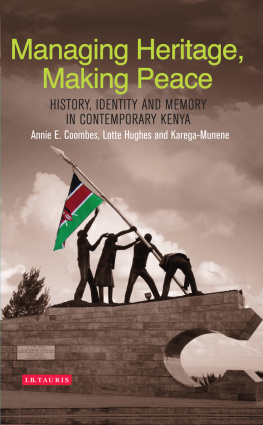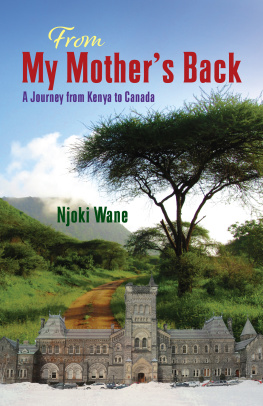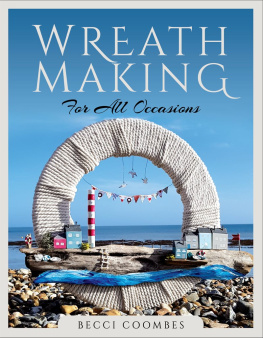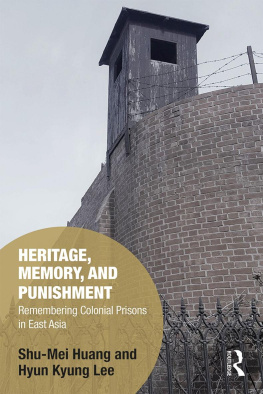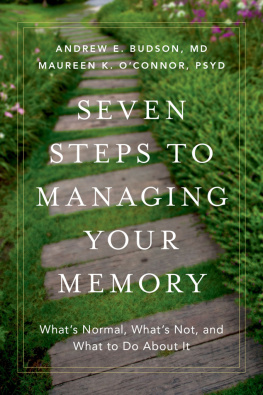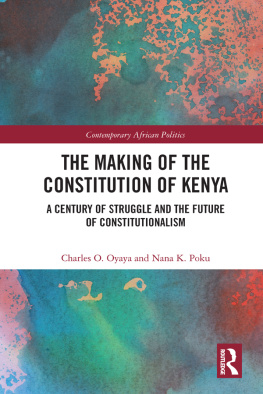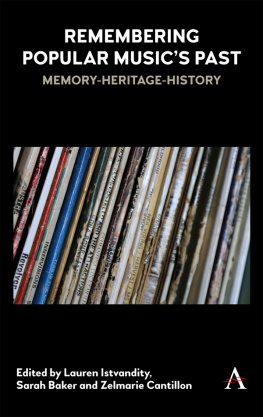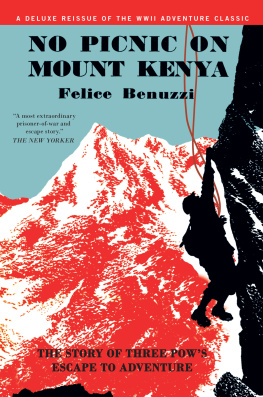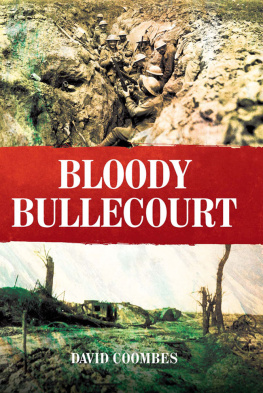Annie E. Coombes is Professor of Material and Visual Culture in the Department of History of Art and Screen Media at Birkbeck College, University of London. Her books include the prize-winning History after Apartheid: Visual Culture and Public Memory in a Democratic South Africa (2003) and the edited volumes, Rethinking Settler Colonialism: History and Memory in Australia, Canada, Aotearoa New Zealand and South Africa (2006) and, with Avtar Brah, Hybridity and its Discontents (2000).
Lotte Hughes is an historian of Africa and empire, with a special interest in Kenya, based at The Ferguson Centre for African and Asian Studies, The Open University. Dr Hughes books include Moving the Maasai: A Colonial Misadventure (2006). She is co-author, with William Beinart, of Environment and Empire (2007).
Karega-Munene is Professor of History at the United States International University, Nairobi, where he teaches anthropology and history. He previously headed the then Archaeology Division at the National Museums of Kenya. His research interests include human rights in relation to museums, dress and identity and the construction and deconstruction of Kenyan ethnic identities. His publications include Holocene Foragers, Fishers and Herders of Western Kenya (2002).
Figures
Colour plates
Display at the Lari Memorial Peace Museum showing the background of tartan cloth known as shuka, which is favoured by Maasai morans (warriors). Photo Annie E. Coombes 2008.
Douglas Kariuki Wainana with his wife at their home in Lari. He is holding the Maasai beaded staff presented to him as a gift after he had helped to heal the original owners wife. Photo Annie E. Coombes 2009.
A cutting from the Sunday Nation documenting the reconciliation between Mau Mau veterans and former Home Guard in May 2004, takes pride of place on the walls of the Lari Memorial Peace Museum curators family home. The top left hand photo shows (left to right) ex Mau Mau veteran Paul Mungai Kiuria, ex Home Guard Douglas Kariuki Wainana, the museums curator Waihenya Njoroge and a former gun maker for the Mau Mau, Daniel Wanjema Kungu. Below Joseph Kaboro Tumbo points to some of the photographic documentation in the museum. On the facing page are two photos of survivors of the violence, Mrs Njoki Kimenia wife of former Mau Mau fighter Kimenia Koigi and on the right the late Anastasia Gaceeri, one of Chief Luka Kahangaras wives who survived the massacres. Photo Annie E. Coombes 2009.
Waihenya Njoroge (left) being shown the spot at Githunguri, where the British erected gallows to hang those Mau Mau convicted of the attacks at Lari, by his grandfather, Joseph Kaboro Tumbo who narrowly escaped death here. They are joined by another Mau Mau survivor, George Gitau Mbugua and field assistant Nicholas Githuku looking at the temporary wooden crosses which commemorate some of those who died on the gallows. Photo Annie E. Coombes 2009.
Dedication plaque at the Lari Memorial Health Centre erected 9 December 1960 at Rukuma. Photo Annie E. Coombes 2011.
Local schoolchildren planting indigenous trees during an alternative World Environment Day organised by Porini Association at Karima Forest, June 2008. Photo Lotte Hughes 2008.
Schoolchildren dancing and singing about environmental issues, during an alternative World Environment Day at Karima Forest, June 2008. Photo Lotte Hughes 2008.
Schoolchildren climbing Karima Hill with indigenous tree seedlings for planting. World Environment Day, June 2008. Photo Lotte Hughes 2008.
Villagers listen to speakers after an eco-mapping exercise in Karima Forest, which is glimpsed behind them. Photo Lotte Hughes 2008.
Kariuki Thuku with local schoolchildren at the launch of his book The Sacred Footprint, Gatugi village, Othaya District, August 2008. Photo Porini Association 2008.
Paul Thuku Njembui reading about himself and the struggle for Karima in an Open University course book on heritage, presented to him by contributing author Lotte Hughes, in Agikuyu Community Peace Museum, Nyeri. Photo Heather Scott 2010.
Maasai women judges of a beadwork competition discuss entries at the annual Olosho-oibor Cultural Show, Kajiado District, with the sacred Ngong Hills behind them. Known as Oloolaiser to the Maasai, after the Il Aiser clan, the first ol-oiboni (prophet) is believed to have originated there, hence their sacredness. Photo D.L. Manzolillo Nightingale 2008.
Forest fighters: Kariuki Thuku (right) takes the microphone to address participants in events to mark World Environment Day, Karima Forest, June 2008. His father Paul Thuku Njembui is on the far left. Photo Lotte Hughes 2008.
The beaded peace tree, showing the labels indicating which ethnic group was responsible for beading different branches, on a table at the Lari Memorial Peace Museum. Photo Annie E. Coombes 2009.
Staff and volunteers at the Aembu Community Peace Museum, beading a branch of the beaded peace tree outside the museum. Photo Annie E. Coombes 2008.
Detail of the beaded peace tree. Photo Annie E. Coombes 2009.
Bridge into Kibera, Nairobi, showing graffiti by Maasai Mbili. Photo Annie E. Coombes 2010.
Bridge into Kibera, Nairobi, showing graffiti by Maasai Mbili. Photo Annie E. Coombes 2010.
Building in Kibera, Nairobi, showing the slogan Peace Wanted Alive made famous by Solomon Muyundu (tag name Solo 7). Photo Annie E. Coombes 2010.
Miriam Syowia Kyambi, Infinity: Flashes of the Past, mixed media: photographs, wooden frames, chains, mirror glass, Nairobi National Museum, 2007. Photo Annie E. Coombes 2009 by kind permission of Miriam Syowia Kyambi.
Maasai culture on display at the annual Olosho-oibor Cultural Show, Olosho-oibor villages, Kajiado District. Photo D.L. Manzolillo Nightingale 2008.

